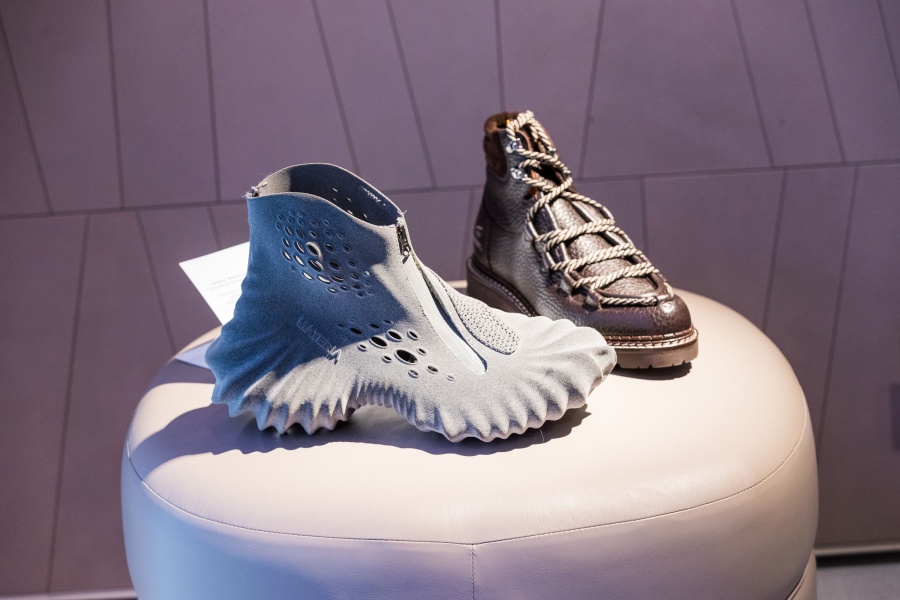Historically, shoes were designed primarily for protection and functionality. Ancient civilizations, such as the Egyptians and Romans, created sandals and boots that not only shielded feet from harsh terrains but also indicated social status. The materials used—leather, wood, and plant fibers—were often dictated by the environment and resources available, showcasing the ingenuity of early shoemakers.
As societies evolved, so did the purpose of footwear. The Renaissance period saw the emergence of elaborate designs, with shoes adorned with intricate embroidery and luxurious fabrics. This shift marked a transition from mere utility to a canvas for artistic expression.

The rise of fashion in the 18th and 19th centuries further transformed footwear into a statement of style. High heels became synonymous with elegance, while sturdy boots symbolized strength and adventure.
The 20th century ushered in a revolution in footwear design and manufacturing. The introduction of synthetic materials like rubber and nylon allowed for greater versatility and affordability. Athletic shoes began to gain popularity, with brands like Nike and Adidas leading the charge. The focus shifted from simply looking good to enhancing performance, resulting in innovations such as cushioned soles and breathable fabrics.
Today, the footwear industry faces the dual challenge of meeting consumer demands while addressing sustainability. Fast fashion has led to an increase in disposable footwear, contributing to environmental concerns. In response, many brands are now prioritizing eco-friendly materials and ethical production practices.

The rise of vegan leather and recycled materials is paving the way for a more sustainable future in footwear.
Moreover, technology is reshaping the way we think about shoes. Smart footwear equipped with sensors can track physical activity and monitor health metrics, blending fashion with functionality. Customization options, such as 3D printing, allow consumers to design shoes tailored to their unique preferences and needs, making footwear more personal than ever.
As we look to the future, the art of footwear continues to evolve. It reflects not only personal style but also broader societal trends, from inclusivity in sizing to the fusion of fashion and technology. Footwear is no longer just about protecting our feet; it is a dynamic expression of who we are and how we navigate the world.
In conclusion, footwear is a fascinating blend of history, culture, and innovation. As we embrace new materials and technologies, the journey of footwear will undoubtedly continue to inspire and challenge our perceptions of fashion and functionality.






